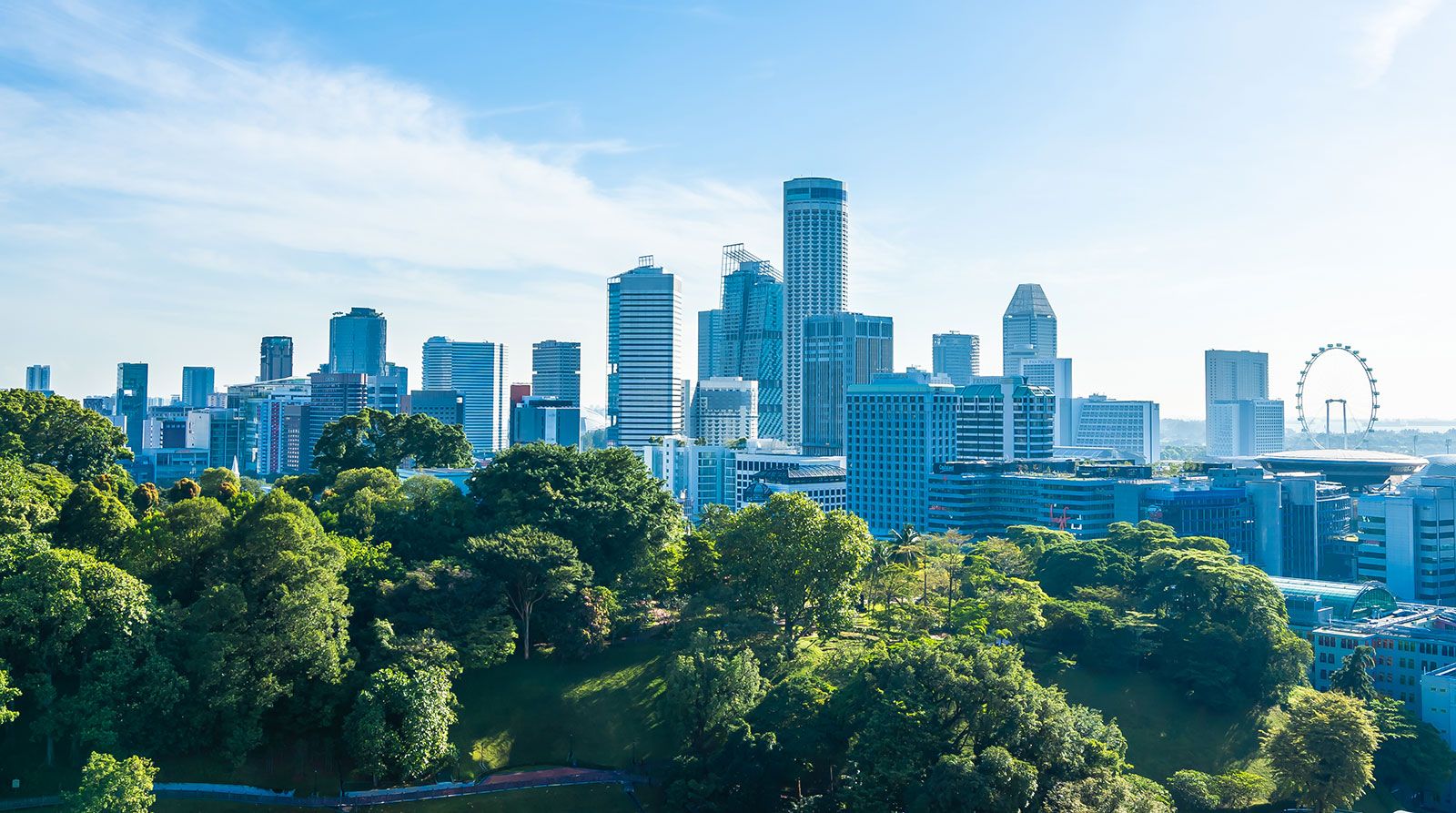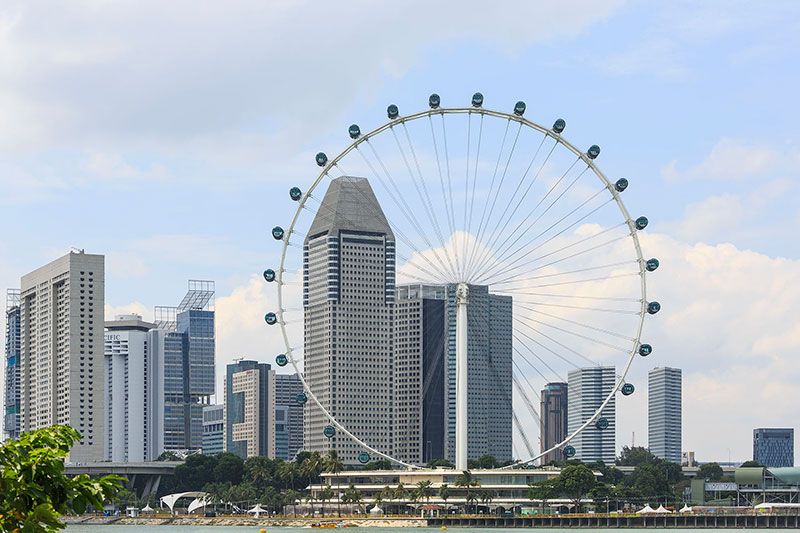The ways in which the tourism industry could promote sustainable tourism and practices, rather than damage local environments and cultures, are getting explored more and more from non-governmental organizations, industry, trade unions, local authorities and governments.
The regular traveler needs to be more involved into the eco-travel and sustainable idea and adopting to increase sustainability; be it to the environment, local community projects or initiatives, through animal experiences and especially when sourcing hotels.
Worldwide tourism accounted for 8% of global greenhouse gas emissions from 2009 to 2013, new research finds, making the sector a bigger polluter than the construction industry.
The global tourism industry has been growing at an annual rate of around 5 percent, outpacing the growth of international trade.
What is Sustainable Tourism?
Sustainable Tourism is a traveling system that is deemed to have a more positive impact on the environment than the negative impacts. Sustainable travel is becoming a popular venture where tourists get inspired to partake the eco-tours, which are fun and adventurous.
Tourism is one of the fastest-growing industries in the world and is a major source of income for many countries. Tourism also provides many jobs which have helped restore local economies.
Most people like traveling, going on a holiday, but tourism can also cause serious problems, such as loss of cultural heritage, economic dependence, and ecological degradation.
Learning about the impacts of tourism has led many people to find more responsible holidays. These include various forms of alternative or sustainable tourism such as: ‘nature-based tourism’, ‘ecotourism’ and ‘cultural tourism’. Sustainable tourism is becoming so popular recently.
According to the World Tourism Organization, sustainable tourism is “Tourism that takes full account of its current and future economic, social and environmental impacts, addressing the needs of visitors, the industry, the environment, and host communities”
How to travel Better and Sustainably
As tourists, we should be mindful of how we travel and our impact when we arrive in a destination.

Photo credit: Eberhard Grossgasteiger from Pexels
1. Take a nonstop flights
The number one easy green tip: book a nonstop flight. Look for the shortest flight path to your destination. Takeoffs and landings to cause most of a plane’s carbon emissions
Where possible book for direct flights, because use the least amount of fuel, it’s simple and efficient and you help to reduce the plane’s carbon emissions which are generated mostly from taking off and landing.
2. Research the accommodations.
If you plan to stay in a hotel, choose a place that holds itself to high environmental standards and ask the management to share their sustainability policy. They should be certified by a third party, such as Rainforest Alliance or the Global Sustainable Tourism Council. Choose local places to stay, as opposed to a large foreign corporation. That way you help a greater portion of the profits to stay in the community.
3. Travel with reusables.
Create a habit to pack a reusable water bottle, a travel mug, a cloth shopping bag to use for grocery purchases, a metal straw, utensils, and a container for leftovers. If you have these with you, you’ll never need to use single-use disposables.
4. Support local restaurants.
Spend time and have a meal in restaurants that are run by locals and support their small businesses as opposed to having multiple meals at the hotel. This is a good reason to don’t choose All Inclusive. Supporting local restaurants usually means locally sourced ingredients and it is a great way to meet locals who are enthusiastic about you trying their traditional food. All-inclusive package holidays mean you pay up-front for your accommodation, food and activities. This means tourists have little incentive to go elsewhere and often do not go out to local restaurants

Photo credit: Artem Beliaikin from Pexels
5. Buy souvenirs from local stores.
If you have to purchase souvenirs – buy them from authentic artisans and purchase unique local handcrafted items. Avoid purchases that will get tossed in the trash eventually. Avoid imported souvenirs that have a larger carbon footprint. Check where an item is made; you want something that’s truly local. Invest in things with value, such as art, textiles, and ceramics.
6. Pack smart. Pack smart
It is important thing is to pack light. It will make your life so easier. A great quote from Oneika Raymond can remind you of the importance of luggage:
“For every hotel with a luggage cart and paved street, there’s a town on a mountaintop on the Italian coast with 150 stairs. Try rolling that bag then.”
Avoid plastic at all. Especially, plastic bags and bottles. Instead, bring a reusable water bottle that you can refill and carry your own linen bags. Many local sustainable accommodations can provide water fill-up stations as well as reusable bags in your room.
The global travel community can change the way we travel and help preserve a lot of the world’s resources. If we do not do the necessary steps, our future generations may not experience what we have been fortunate to see.
You can find laundry all over the world, so you don’t have to pack many clothes! Havier luggage contributes more to carbon emissions because the plane requires more fuel to carry the heavier loads.
Remember to carefully select your personal care products, especially sunscreen. Many products are packed with chemicals in that harm not only you but the environment too.
Try to use toiletries that come in paper packaging rather than plastic. You can find my eco-friendly travel packing list here.
7. Volunteer with NGOs and Join Community Tourism Projects.
Always research volunteering opportunities and the organizers to ensure that your time, money and resources are actually going to a good cause. Take opportunities to involve yourself in local projects and community tourism organizations. These may be volunteering opportunities or a chance to learn about local life and practices.
8. Use sustainable tour operators with green accreditations
Whenever you can ensure to walk instead of taking public transport. This is not only better for carbon emissions, but it has a lot of health benefits for you as well.
Choose places that aren’t so far, that you can reach without relying on need to use a car, or that is pedestrian- or bicycle-friendly.
9. Walking where possible
Before you book your tours, do research and look for accreditations such as GSTC, Green Globe, Rainforest Alliance, EarthCheck, Green Tourism Business Scheme (UK) and other regulatory bodies.
Read reviews on third party websites such as Google, TripAdvisor, and TrustPilot reviews. Read reviews and blog posts from travel bloggers who you trust.
10. Share your sustainable travel experiences
Share your responsible travel experiences and stories with your family, friends or even people you meet, on social media! The more you talk about the way you travel, the more you reinforce how important it is to eco-travel.
Sustainability and Eco-awareness are incredibly important topics – how have your travels/trips been influenced by this? I’d love to hear your thoughts on Sustainability and Eco-tourism? What do you do in support of reducing carbon emissions?
Photo credit: John Norton/Spotted Eagle Ray (Aetobatus narinari) Flying underwater











 Photo credit: Chensiyuan /
Photo credit: Chensiyuan / 


 Photo credit: Sengkang /
Photo credit: Sengkang / 
